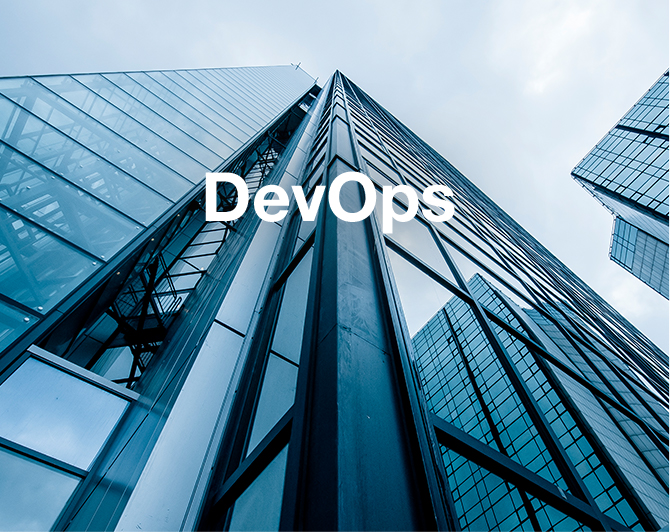Assessment and improvement of SDLC
Vulnerable software development endangers the data and services on which companies settle their businesses.
MTP helps organizations ensure the security of their applications by implementing a Software Development Life Cycle, including:
- Assessment of existing software security practices in organizations.
- Construction of a software security assurance program balanced in well-defined iterations.
- Demonstration of concrete improvements to the security assurance program.
- Definition and measurement of security activities of an organization.
MTP has analyzed the performance of the main tools available in the market, such as SAST (Static Application Security Testing); DAST (Dynamic Application Security Testing); IAST (Interactive Application Security Testing) and OSA (Open SW Analysis), so the most appropriate organizations according to each SW development environment and the criticality of their applications can be recommended.
With this service, organizations will have the ability to:
- Prepare more complete requirements.
- Design safer software architectures that minimize vulnerabilities.
- Have a threat analysis from the business point of view.
- Define security control points to ensure that the systems going into operation meet minimum thresholds.
- Create a philosophy to develop and maintain the software under the scope of cybersecurity.
- Access to a set of lessons learned, whose final recipient is the software development and maintenance team, to avoid repeating the same mistakes within the organization.
- Get a set of improvements in the SDLC (Software Development Life cycle).
Formación en SDLC seguro
MTP ha diseñado un completo programa de formación dirigido a los profesionales especializados en seguridad que desean reforzar su preparación y obtener reconocimiento a través de certificaciones oficiales.
Con la certificación ISTQB Advanced Level Security Tester, los profesionales adquieren una visión completa del proceso, técnicas, prácticas, riesgos y factores que intervienen en las pruebas de seguridad.
El curso “GDPR para el área de Tecnologías de la Información” ofrece una visión integradora sobre las necesidades de cumplimiento normativo y ciberseguridad que debe afrontar una organización, todo ello centrado en el ámbito del Reglamento Europeo de Protección de Datos.
El curso “Modelización de amenazas para desarrolladores” tiene como objetivo minimizar los elevados impactos que generan las brechas de datos a través de la implantación de un proceso de modelización de amenazas y de su integración en el ciclo de desarrollo software.



